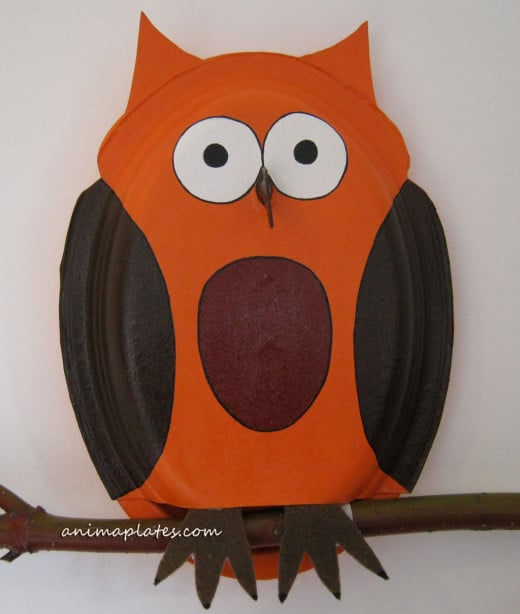Owl facts and fiction
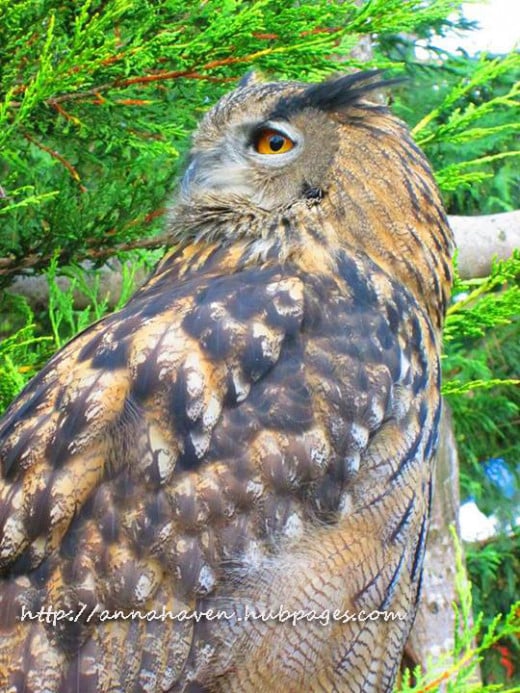
Did you know…
For the ancient Greeks, the owl symbolized the goddess Athena and represented wisdom.
In Egyptian mythology, the owl represents death, the night and the cold. Mummified owls were discovered in some tombs.
In Albania in the 19th century, the owl announced a birth.
In Brittany, it was believed that when the owls sang, it was sign of good weather!
Among Romans, the cry of the owl announced an imminent death. The owl was also associated with sorcery and black magic.
Owl facts
Owls are birds of prey from the order Strigiformes. They are carnivorous birds, also called predators. Birds of prey are characterized by their hooked beak and their sharp talons.
Some birds of prey are are diurnal; that means that they live during the day: the vulture, the eagle, the buse, the falcon, the sparrowhawk, etc
Other birds of prey are nocturnal; that means they live during the night: the Long-eared Owl, the Blakiston’s Fish Owl, the Barn Owll, etc.
Some owls have tufts which are made of feathers. The tufts are neither horns nor ears. Not all owls have tufts.
The beak is powerful and hooked. The birds of prey use it to cut their preys.
Eyesight is very developed in birds of prey. Owls have a large head with large round eyes whose pupils dilate. The eyes give them a good sens of depth and distance as well as excellent night vision. Their field of view is reduced because the eyes are placed in the front of the face but on the other hand, they can turn their head 270º in either direction.
The ears are on the side of the head and are hidden by feathers. Owls have excellent hearing which helps them with hunting.
The legs of the birds of prey end in powerful sharp talons. The talons are effective weapons; they are made of four fingers, three in front and one behind. They are armed with long claws. The owls use their talons like grips to seize their prey, to transport it and to crush it.
Noctural birds of prey have special feathers which enable them to fly silently and thus not be detected by their preys.
Depending on the species, the habitat varies : at the edge of cliffs, in rock escarpments, forests, close to marshes, dunes, etc
Owls hunt various small rodents like mice, field mice, shrews, rabbits. They also hunt bats. As well, some species eat birds and insects like grasshopers. Birds of prey have no teeth and swallow their preys without chewing them. As they cannot digest the bones, the teeth, the hairs or the feathers, these birds regurgitate the indigested remainders in more or less round balls called “owl pellets“.
Female owls lay eggs : they are oviparous animals. The incubation period is from 24 to 37 days depending on the species.
Owl Numbers
The size of an owl varies between 12 cm (5”) and 80 cm (2’ 8”) .
The wingspan of a bird of prey can go from 50 cm (1’ 2”) to 1.60 m (5’ 4”).
The weight of an owl varies between 50 g (2 oz) and 3 kg (6½ lb).
The life expectancy of an owl in the wild varies depending on the species (5 to 28 years). The longevity record in captivity is held by a Eurasian Eagle Owl that lived 68 years.
Owl Expressions
Night owl = one who stays up late; one who prefers the night hours ...
Wise as an owl = this expression comes from the owl's behavior of watching and patiently waiting when hunting its prey. In fact owls are less intelligent than geese, crows, and ravens!
Impact of human activity
In the past owls were associated with witches and thus did not have a good reputation. People believed that the presence of this bird around a house was an ill omen. In order to avert this bad fate, people would nail the owls on the doors.
Owls are an endangered species. They are exposed to several dangers. The most serious threat for the owls the destruction of their habitat. Deforestation and the disappearance of natural cavities reduce their habitat and thus decrease their chance of finding a potential nesting site.
It is the same with natural meadows transformed into plowing fields. The destruction of hedges and orchards reduces the habitat of certain species. Drainage of wetlands destroys marshes which are the habitat of the short-eared owl. Owls are often victims of road traffic because these birds glide at ground level and are blinded by car headlights.
These birds also collide with electric cables.
The use of certain pesticides (DDT) between the 1950s and the 1980s had a fatal effect on the food chain of the predators. Chemicals concentrated in their preys caused a population decrease. Chemicals made the egg shells extremely fragile.
Owl Arts and Crafts
Why not represent an owl either as a puppet, a painting or a sculpture?
Visual arts can easily be integrated with other subjects and that is a great way for kids to learn more easily. This type of integrated teaching is a great way to teach about nature and endangered species and what we can do to protect them better.
The owls in the pictures represent different kinds of owls you can find in nature but with art you can also have fun and create your own kind of owl. The important thing is to have kids using their imagination and have fun while they learn!

![Barn Owl. By Tony Hisgett from Birmingham, UK (Barn OwlUploaded by Magnus Manske) [CC-BY-2.0 (http://creativecommons.org/licenses/by/2.0)], via Wikimedia Commons Barn Owl. By Tony Hisgett from Birmingham, UK (Barn OwlUploaded by Magnus Manske) [CC-BY-2.0 (http://creativecommons.org/licenses/by/2.0)], via Wikimedia Commons](https://usercontent1.hubstatic.com/8449352_50.jpg)



![American Great Horned Owl. By Tony Hisgett from Birmingham, UK [CC-BY-2.0 (http://creativecommons.org/licenses/by/2.0)], via Wikimedia Commons American Great Horned Owl. By Tony Hisgett from Birmingham, UK [CC-BY-2.0 (http://creativecommons.org/licenses/by/2.0)], via Wikimedia Commons](https://usercontent2.hubstatic.com/8449373_50.jpg)

More about Owls
Dow you want to read more about owls? Here are some great hubs by Bill De Giulio:
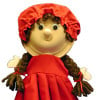
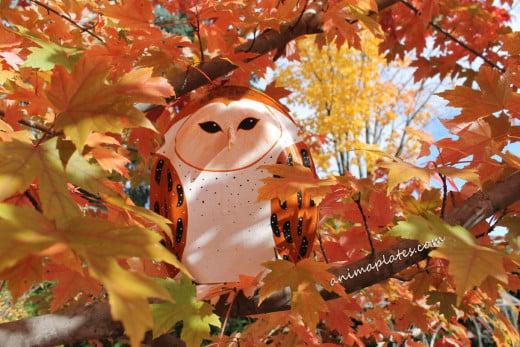
![Barn Owl. By Tony Hisgett from Birmingham, UK (Barn OwlUploaded by Magnus Manske) [CC-BY-2.0 (http://creativecommons.org/licenses/by/2.0)], via Wikimedia Commons Barn Owl. By Tony Hisgett from Birmingham, UK (Barn OwlUploaded by Magnus Manske) [CC-BY-2.0 (http://creativecommons.org/licenses/by/2.0)], via Wikimedia Commons](https://usercontent1.hubstatic.com/8449352_f520.jpg)
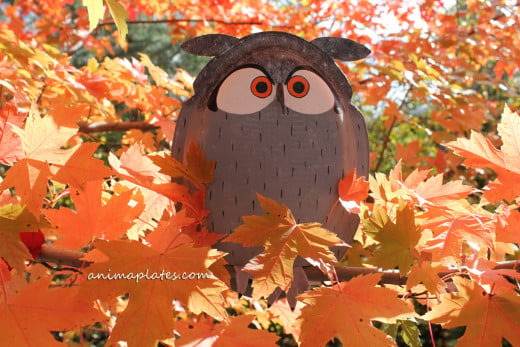
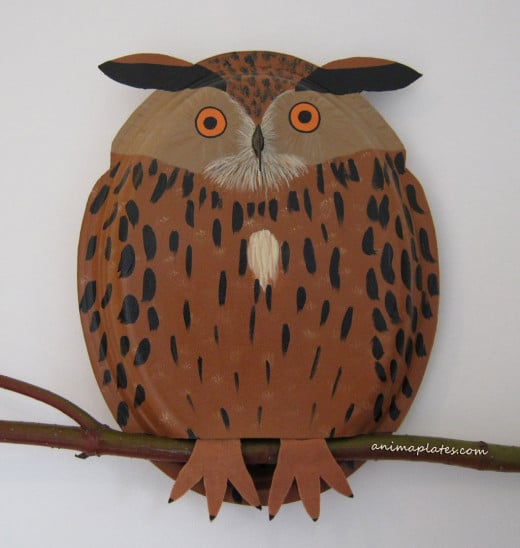
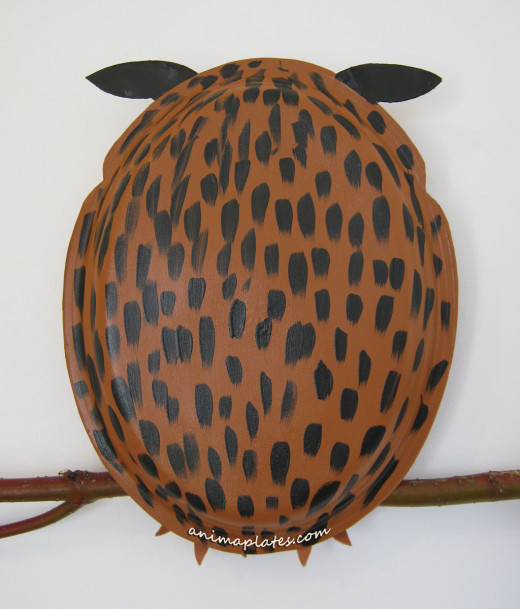
![American Great Horned Owl. By Tony Hisgett from Birmingham, UK [CC-BY-2.0 (http://creativecommons.org/licenses/by/2.0)], via Wikimedia Commons American Great Horned Owl. By Tony Hisgett from Birmingham, UK [CC-BY-2.0 (http://creativecommons.org/licenses/by/2.0)], via Wikimedia Commons](https://usercontent2.hubstatic.com/8449373_f520.jpg)
